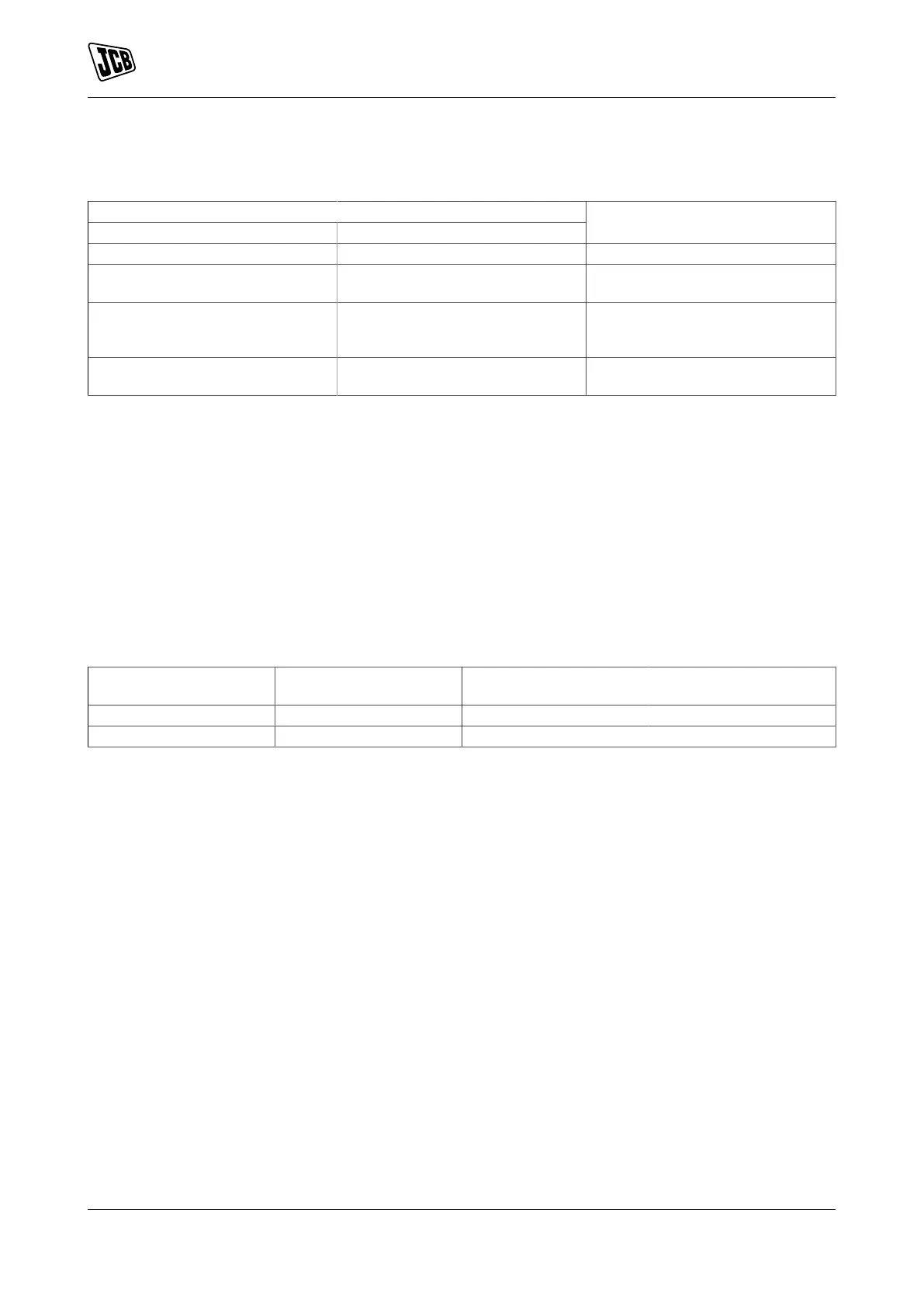Maintenance
Electrical System
118 9831/0650-3 118
6. If the tests are unsatisfactory, refer to the fault diagnosis table.
Table 20. Fault Diagnosis
Battery Tester Readings
Check Load
Remedy
0–12.6V Less than 6V Renew battery
6–12.4V less than 9V and decreases steadi-
ly but remains in yellow zone
Recharge and re-test. If tests are
still unsatisfactory renew battery
Less than 10V Less than 3V Indicates battery has been over-
discharged and unlikely to recover.
Renew battery
more than 11V 6–10V steady Charge battery which will probably
recover
Specific Gravity Test
The specific gravity of the electrolyte gives an idea of the state of charge of the battery. Readings should be
taken using a hydrometer, when the electrolyte temperature is 15°C (60°F). If the battery has recently been on
charge, wait approximately one hour (or slightly discharge the battery) to dissipate the surface charge before
testing.
Readings should be as tabulated and should not vary between cells by more than 0.04. A greater variation
indicates an internal fault on that particular cell.
If the electrolyte temperature is other than 15°C (60°F) a 'correction factor' must be applied to the reading
obtained. Add 0.07 per 10°C (18°F) if the temperature is higher than 15°C (60°F) and subtract the same if the
temperature is lower.
Table 21. Specific Gravity at 15°C (60°F))
Ambient Temperature
degrees C (degrees F)
Fully Charged Half Discharged Fully Discharged
Below 27 (80) 1.270 - 1.290 1.190 - 1.210 1.110 - 1.130
Above 27 (80) 1.240 - 1.260 1.170 - 1.190 1.090 - 1.110

